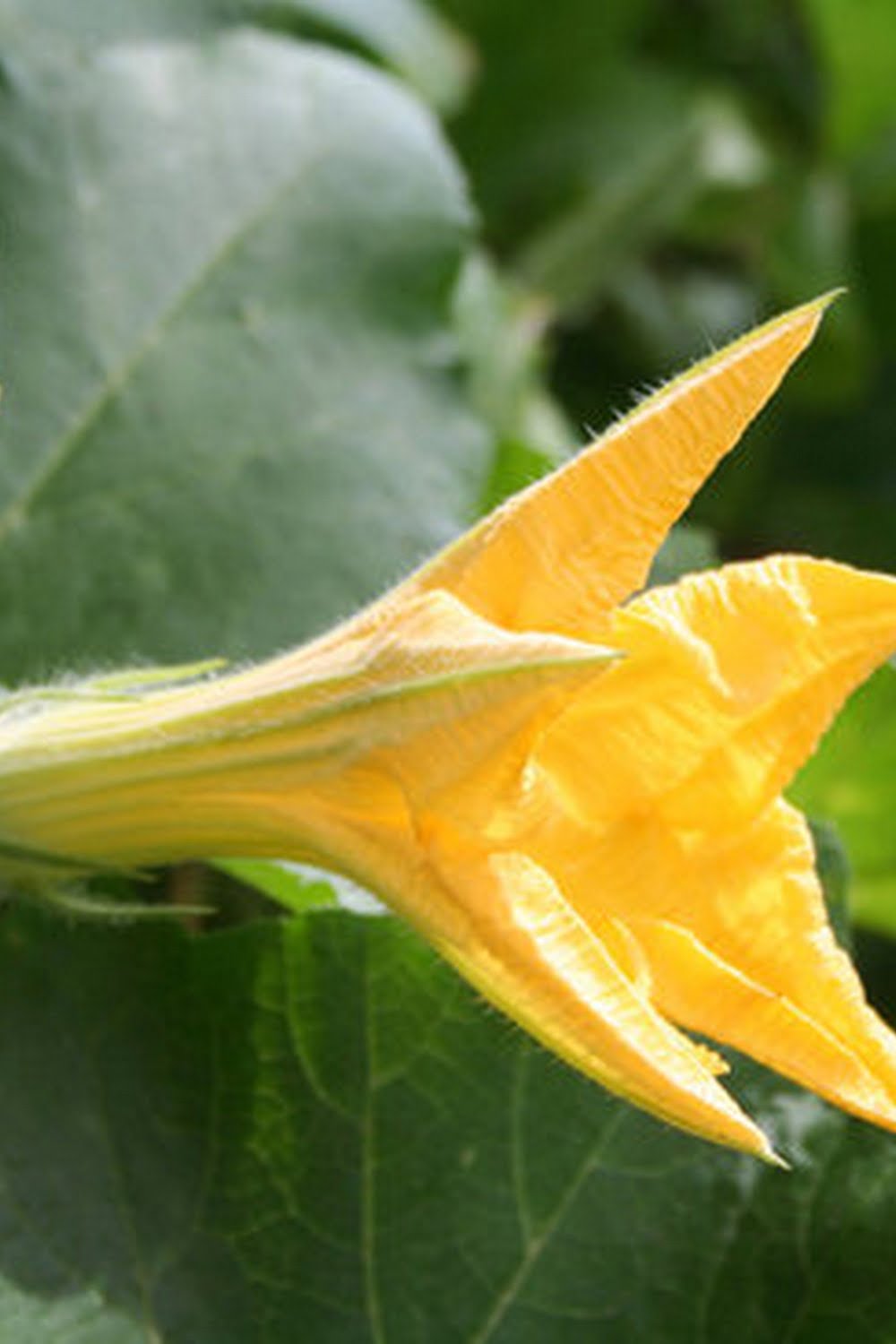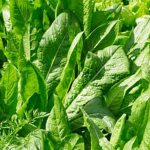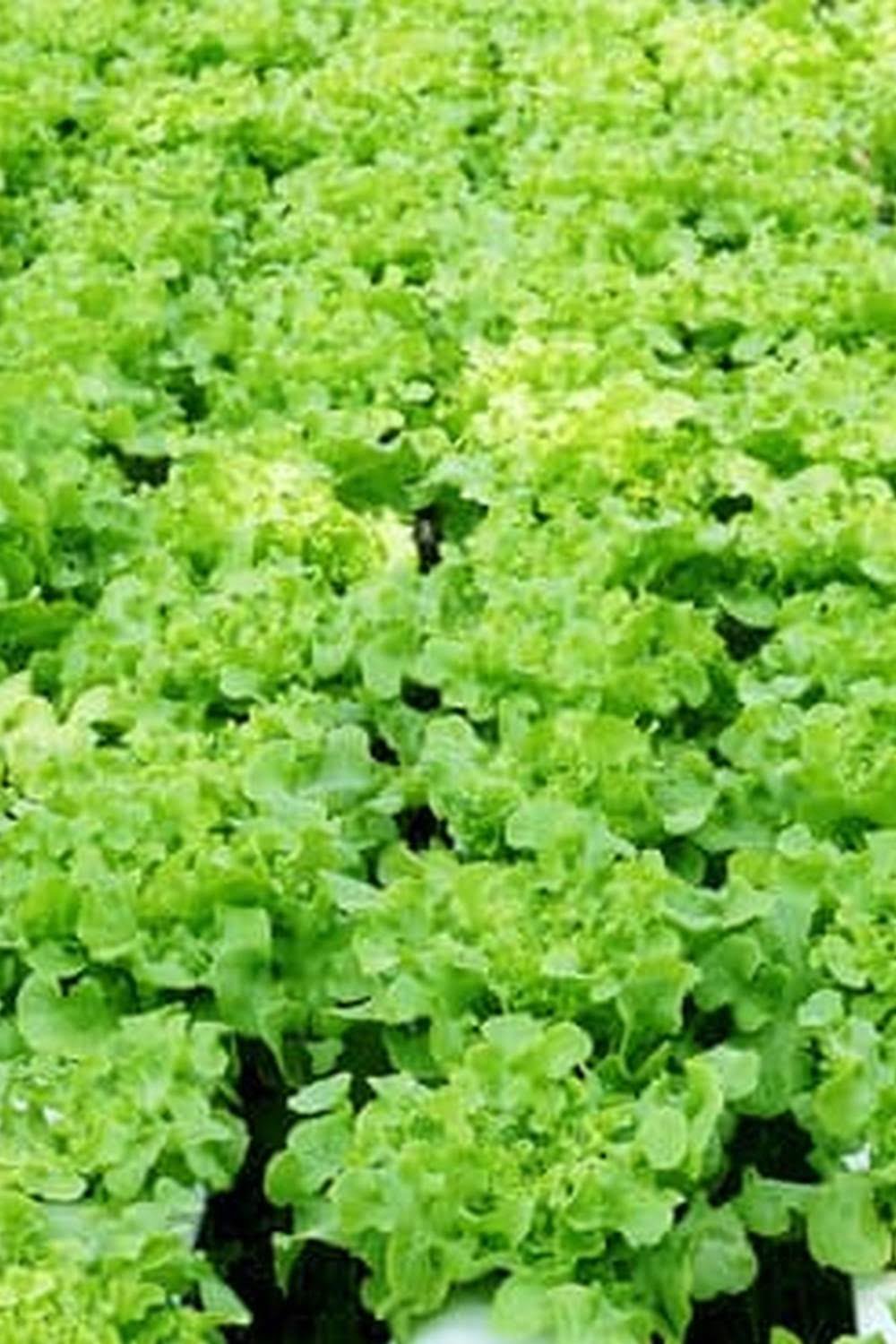When is the best time to start gardening vegetables? Determining the optimal timing for planting can significantly impact the success of your vegetable garden. Understanding the local climate, frost dates, soil temperature, and recommended planting dates are all crucial factors to consider when planning your vegetable garden. In this article, we will explore the importance of determining the best time to start gardening vegetables and how it can impact the overall success of your garden.
The local climate plays a significant role in determining when to start gardening vegetables. Different regions have unique climatic conditions that influence the timing of planting vegetables. Understanding your specific climate will help you make informed decisions about when to start gardening and which vegetables are best suited for your area.
Frost dates also play a crucial role in determining the best time to start gardening vegetables. Knowing the average last frost date in your region will help you avoid potential damage to tender plants by ensuring they are not planted too early.
Additionally, soil temperature is an essential factor in determining when to plant vegetables. Different vegetables have specific temperature requirements for germination and growth, so monitoring soil temperature is vital for successful vegetable gardening. We will discuss all these aspects in detail throughout this article.
Understanding Your Climate
When it comes to gardening vegetables, understanding your climate is crucial in determining the best time to start planting. The local climate plays a significant role in the success of your vegetable garden, as it directly affects the timing of planting and the overall growth and development of your vegetables.
Impact of Climate on Plant Growth
Each type of vegetable has specific temperature requirements for optimum germination and growth. Understanding your local climate will help you choose the right vegetables that are best suited for your region. For example, cool-season vegetables such as lettuce, spinach, and peas thrive in cooler temperatures, while warm-season vegetables like tomatoes, peppers, and squash require higher temperatures to grow successfully.
Consider Microclimates
In addition to understanding the overall climate of your region, it’s essential to consider microclimates within your garden. Microclimates are small areas that have different climatic conditions than the surrounding area. For example, a south-facing wall or slope may create a warmer microclimate suitable for planting heat-loving vegetables earlier in the season.
Utilizing Climate Data
It’s important to utilize climate data such as average frost dates and temperature ranges to determine when to start gardening vegetables. This information can be obtained from local agricultural extension offices or online resources. By knowing your first and last frost dates, you can plan your planting schedule accordingly to avoid potential damage from late spring frosts or early fall freezes.
Taking into account these climate considerations will help you make informed decisions about when to start gardening vegetables in your specific region, ultimately leading to a more successful and productive harvest.
Frost Dates
Understanding the concept of frost dates is crucial for determining the best time to start planting vegetables in different regions. Frost dates refer to the average dates of the first and last frosts in a specific area, which are important factors to consider when planning a vegetable garden. The occurrence of frost can damage or kill tender plants, so knowing the expected frost dates in your region can help you avoid potential crop loss.
When it comes to frost dates, understanding your local climate is essential. In regions with shorter growing seasons and frequent late frosts, it’s important to wait until after the last expected frost date before planting tender vegetables like tomatoes, peppers, and squash directly into the ground. Conversely, areas with longer growing seasons and earlier last frost dates may allow for an earlier start to vegetable gardening.
Planting Based on Frost Dates
In regions where early or late frosts are common, it may be necessary to adjust your planting schedule to maximize the growing season. For example, starting seeds indoors ahead of the last expected frost date allows you to get a head start on the growing season and protect young plants from potential damage.
Additionally, using season extension techniques such as row covers or cold frames can help shield plants from unexpected late frosts, further extending the harvest period for vegetables. By aligning your planting schedule with local frost dates and employing appropriate strategies, you can optimize the success of your vegetable garden and enjoy a bountiful harvest.
Choosing the Right Vegetables
When it comes to vegetable gardening, choosing the right vegetables and planting them at the appropriate time are crucial factors that can significantly impact the success of your garden. Some vegetables thrive when planted early in the season, while others are better suited for later planting. Understanding these differences is essential for a productive and bountiful harvest.
Certain vegetables are well-suited for early planting because they can tolerate cooler temperatures, while others require warmer conditions to thrive. Vegetables such as peas, spinach, lettuce, and radishes are excellent choices for early planting, as they can withstand colder weather and even benefit from it. These cold-hardy vegetables can be sown directly in the garden as soon as the soil is workable in early spring.
On the other hand, warm-season vegetables like tomatoes, peppers, eggplants, and cucumbers thrive in warmer temperatures and should be planted after the danger of frost has passed. Starting these vegetables indoors or using season extension techniques like row covers or cold frames can help provide them with the warmth they need to grow and mature properly.
Understanding the specific needs of each vegetable and its preferred growing conditions is vital for successful gardening. By carefully selecting which vegetables to plant early in the season and which ones are better suited for later planting, you can optimize your garden’s productivity and ensure a diverse harvest throughout the growing season.
| Cold-Hardy Vegetables | Warm-Season Vegetables |
|---|---|
| Peas | Tomatoes |
| Spinach | Peppers |
| Lettuce | Eggplants |
| Radishes | Cucumbers |
Soil Temperature
When it comes to gardening vegetables, understanding soil temperature is crucial in determining the best time to start planting. Soil temperature plays a significant role in the germination of seeds and the growth of young plants. Different vegetables have different soil temperature requirements for optimal growth, so it’s essential to measure it accurately before sowing any seeds or transplanting seedlings.
Measuring soil temperature can be done using a simple thermometer designed for this purpose. The ideal soil temperatures for planting vegetables vary depending on the type of vegetable.
For example, warm-season crops such as tomatoes and peppers require a soil temperature of at least 60°F (15.6°C) for successful growth, while cool-weather crops like lettuce and spinach can germinate at lower temperatures around 40°F (4.4°C). By measuring the soil temperature regularly, gardeners can determine when conditions are most favorable for planting specific vegetables.
In addition to using a thermometer, there are other methods to gauge soil temperature such as using digital probes or infrared thermometers. These tools provide accurate readings and help ensure that the soil has reached the desired temperature for successful vegetable growing. By understanding the importance of soil temperature and how to measure it accurately, gardeners can make informed decisions about when to start planting their favorite vegetables for a successful harvest.
Starting Seeds Indoors
Starting vegetable seeds indoors can be a great way to get a head start on the growing season, especially in areas with shorter growing seasons or unpredictable weather patterns. By starting seeds indoors, gardeners can extend the growing season for their vegetables and ensure a bountiful harvest. This method also allows for better control over the growing conditions, leading to healthier and more robust plants.
When starting seeds indoors, it is important to provide the right environment for the germination and early growth of the plants. This includes using a good-quality seed starting mix, providing adequate light, maintaining proper temperature and humidity levels, and ensuring good air circulation. By meeting these criteria, gardeners can successfully nurture strong seedlings that are ready for transplanting into the outdoor garden once the weather conditions are favorable.
Some vegetables that are well-suited for indoor seed starting include tomatoes, peppers, eggplants, lettuce, broccoli, cauliflower, and cabbage. These vegetables benefit from being started indoors because they require a longer growing season than what is typically available in many regions. It’s important to consider the planting dates for these vegetables and determine the appropriate time for starting seeds indoors based on the local climate and average frost dates.
Overall, starting vegetable seeds indoors is a valuable technique that can help gardeners take full advantage of their growing season while ensuring healthy and productive vegetable plants. With careful planning and attention to detail, this method can result in a successful vegetable garden that yields an abundance of fresh produce for enjoyment throughout the year.
| Vegetable | Ideal Time for Indoor Seed Starting |
|---|---|
| Tomatoes | 6-8 weeks before last frost date |
| Peppers | 8-10 weeks before last frost date |
| Lettuce | 4-6 weeks before last frost date |
Season Extension Techniques
Extending the growing season for vegetables can be crucial for gardeners looking to maximize their harvest. Fortunately, there are several techniques that can help achieve this goal, allowing vegetables to thrive beyond their typical growing season. Here are some effective season extension techniques to consider:
1. Row Covers: Using row covers is a simple yet effective way to protect plants from frost and extend the growing season. These lightweight covers allow sunlight, air, and moisture to penetrate while providing a protective barrier against chilly temperatures. Gardeners can choose between floating row covers or supported row covers depending on their specific needs and preferences.
2. Cold Frames: Cold frames are essentially miniature greenhouses that provide a sheltered environment for tender plants. By capturing and retaining heat from the sun, cold frames create a microclimate that enables vegetables to continue growing even as temperatures drop outside. They are especially useful for starting plants early in the spring or protecting them well into the fall.
3. Mulching: Mulching not only helps regulate soil temperature and retain moisture but can also offer protection against frost damage. Applying a layer of mulch around vegetable plants can prevent soil from freezing too quickly and provide insulation during colder periods. Organic mulches like straw, leaves, or wood chips are commonly used for this purpose.
By implementing these season extension techniques, gardeners can significantly prolong the growing season for their vegetables and enjoy an extended period of fresh produce from their gardens. Whether it’s using row covers to shield plants from frost or utilizing cold frames to create a warm environment, these methods offer valuable options for extending the harvest time beyond what would typically be possible in a given climate.
Recommended Planting Dates
The best time to start gardening vegetables can vary greatly depending on the region and local climate. It is crucial for gardeners to understand their specific climate, including average temperatures and frost dates, in order to determine the optimal timing for planting vegetables.
Additionally, considering soil temperature and utilizing season extension techniques can further improve the success of a vegetable garden. Here are some general guidelines for recommended planting dates in different regions, as well as specific recommendations for popular vegetables such as tomatoes, peppers, and cucumbers:
- Northeast: In the Northeastern United States, where temperatures can be cooler in the spring, it is generally recommended to start planting cool-season vegetables like lettuce, spinach, and peas as early as late March to early April. Warm-season vegetables like tomatoes and peppers should be planted after the last frost date, typically around mid-May to early June.
- Midwest: The Midwest region experiences a wide range of temperatures, so it’s important to pay attention to local frost dates. Cool-season vegetables can be planted in early spring, while warm-season vegetables like tomatoes and peppers are best planted after the threat of frost has passed, usually in late May or early June.
- Southern United States: In the Southern states with warmer climates, gardeners can start planting warm-season vegetables earlier in the year. Depending on the exact location within this region, tomatoes and peppers can often be planted as early as mid-April or even earlier if using season extension techniques.
By understanding these general guidelines for recommended planting dates and taking into account specific recommendations for popular vegetables based on each region’s climate conditions and frost dates, gardeners can significantly increase their chances of a successful vegetable garden. Remember that these are just general guidelines; it’s always essential to research your specific area further and consider specific factors unique to your garden before finalizing your planting schedule.
Conclusion
In conclusion, determining the best time to start gardening vegetables is crucial for the success of a garden. Understanding your local climate, frost dates, soil temperature, and the specific needs of different vegetables can greatly impact the outcome of your gardening efforts. The timing of planting can influence the health and productivity of your vegetable garden, so it’s essential to consider all these factors when planning your gardening schedule.
By paying attention to frost dates and knowing which vegetables are best suited for early or late planting, you can maximize the potential of your garden and ensure a bountiful harvest. Additionally, monitoring soil temperature and considering season extension techniques such as using row covers and cold frames can help you make the most of your growing season.
Ultimately, timing is everything in vegetable gardening. By following recommended planting dates for your region and understanding the unique requirements of each vegetable variety, you can set yourself up for a successful and rewarding gardening experience. So, take the time to research and plan accordingly to ensure that you’re making the most out of your vegetable garden.
Frequently Asked Questions
What Month Should You Start Growing Vegetables?
The month you should start growing vegetables depends on the specific climate and conditions in your area. In general, for most regions, it’s best to start planting vegetables around the last expected frost date in the spring. This could be anywhere from late March to late May, depending on where you live.
What Vegetables Should a First Time Gardener?
For a first time gardener, it’s best to start with easy-to-grow vegetables that are low-maintenance and relatively resilient. Some good options include tomatoes, lettuce, radishes, green beans, and bell peppers. These vegetables tend to be forgiving of minor mistakes and can thrive in a variety of growing conditions.
Which Month Is Best for Planting?
The best month for planting also varies depending on your location and the specific plants you want to grow. In general, many gardeners begin planting in the spring after the last frost date has passed.
For some crops like cool-season vegetables, planting can also take place in the fall for a second harvest before winter sets in. It’s important to research the specific needs of the plants you want to grow and consider your local climate and growing season when planning your planting schedule.

If you’re looking to get into vegetable gardening, or are just looking for some tips on how to make your current garden better, then you’ve come to the right place! My name is Ethel and I have been gardening for years. In this blog, I’m going to share with you some of my best tips on how to create a successful vegetable garden.





